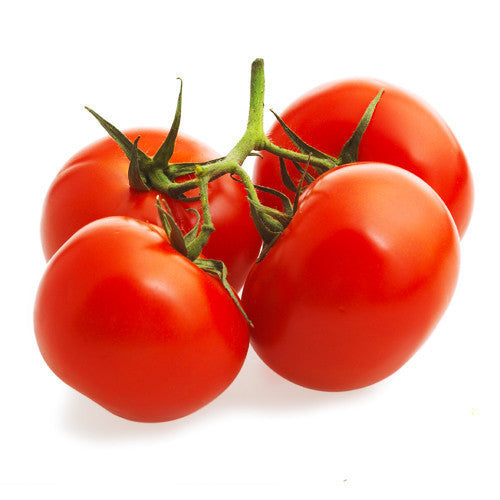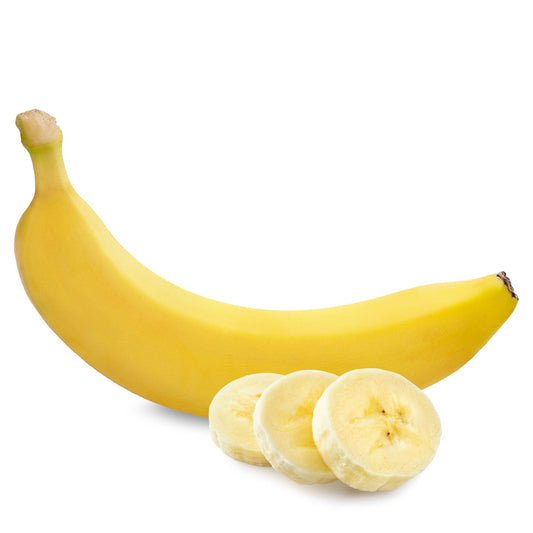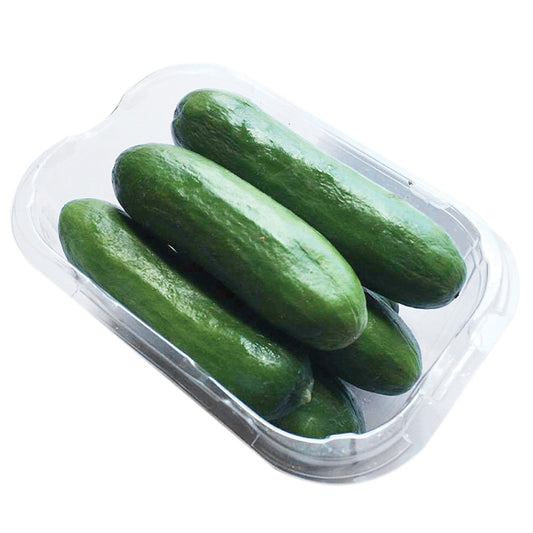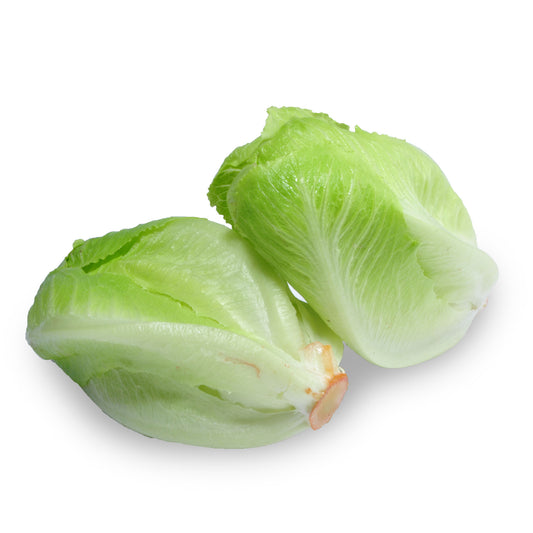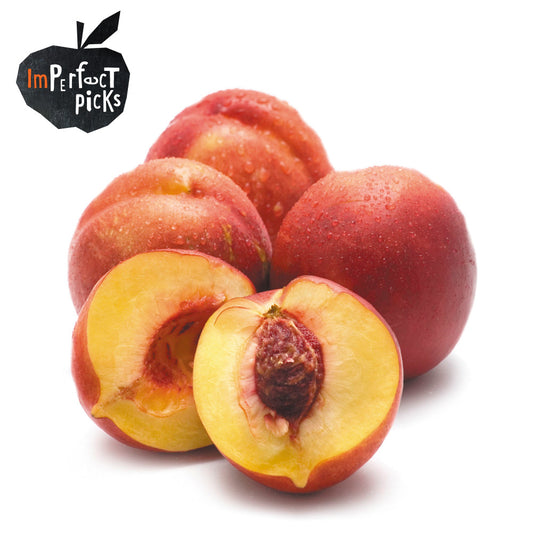
There are literally hundreds or variations of this ancient fermented dish – cabbage kimchi. Kimchi is Korea’s national dish and many meals are served with it or made using it. Historically kimchi was always prepared as a ‘white kimchi’ with no added chilli. With the trade and arrival of chilli, this spice became popular to use in kimchi.
Traditionally kimchi is made in large batches before winter time. This recipe makes approximately 4 large jars, as I find it's more efficient and easy to make in one afternoon however you can easily just halve the quantity if you like.
Cabbage kimchi can be eaten the day you prepare it and the longer you keep it, the more it will ferment and the more benefits it will have. You can wait a few weeks before eating the kimchi, or you can wait much longer or just eat as you go and taste it daily. Kimchi that is a few months old is considered ‘aged’ kimchi, which is great for cooking too. When serving the kimchi, bring it back to room temperature before eating it as all the healthy probiotics will become ‘awake’.
Kimchi Paste
This is the beautiful red paste that ferments with the cabbage and creates that vibrant colour. Typically, the paste consists of gochujaru (a Korean chilli), garlic, ginger, onion, soy sauce, rice vinegar, sugar, fish sauce and salted baby shrimp. However the beauty with making a kimchi paste, is you can adapt it all to your preferences. These are some basics below to give you some direction.
Type of Chilli
The type of chilli you use is completely up to you. Traditionally kimchi is made with gochujaru, a special type of chilli that is both spicy, sweet, and even very lightly smokey. You can use other chillies instead if you can’t access this type of chilli. It is available in Korean grocery stores. If you’re going to replace the commonly used gochujaru, you will also have to adapt the ratios as different chilli has different levels of sweetness, heat and smokiness. I would recommend if you are going to do this, make a mixture with these varieties: chipotle chilli, finely crushed red chilli flakes, mild chilli powder. I would add less in total than in the recipe below.
Vegetarian or Seafood options
To make it more nutritious and mineral rich, different regions in Korea began adding freshly chopped up fish, prawns, fish sauce or even minced meat. This is entirely up to you, however if you’re used to eating kimchi out in restaurants most of them are made with a prawn paste or very tiny salted prawns, also known as saejeot (available at Korean grocery stores). If you don't have access to saejeot, you can easily replace it with a small amount of freshly cooked and salted prawns. Before adding the prawns, dice them up until a paste like mixture forms.
For a vegetarian option, skip the fish sauce and skip any seafood/meat protein. It is not at all necessary for the fermentation process. Add some extra carrots or some other root vegetables that you like and you can make it your own family kimchi recipe. If you’re not using any seafood products, do season to taste onced you’ve made the paste as the recipe below does include seafood products.
For a white kimchi paste, skip the chillies entirely. Add grated carrots for extra sweetness.
Timing, Storage and the fermentation process
Cabbage kimchi does take a few hours to prepare, but it’s traditionally made with the help of family and friends. The cabbage needs to rubbed with salt for a couple of hours so that a lot of the liquid in the cabbage comes out before you cover it in the kimchi paste. It’s a very simple procedure but does take a bit of attention and time.
There are a few different options for storing your cabbage kimchi. In this recipe I explain how to store it in glass jars, however you can store it in plastic containers. It takes approximately 3 days of keeping it outside at room temperature, however in summer, since it’s warmer and quite humid, you only need to keep it out for 1 day (24 hours). Once the kimchi is sealed, you need to allow the kimchi to breathe a few times. You can do this by opening the lid and pushing the kimchi down under the juices every time you open the jar. Some recipes keep the lid slightly ajar or if using a plastic container that has air flow, there's always going to be that natural flow of oxygen.
Letting the gases out in the first few days of fermentation is crucial as it can actually explode from the gas build up.
Experiment with the different storage options, and see what you like best by storing the cabbage kimchi in different containers/jars, however watch it carefully.
The fermentation process begins quite quickly and speeds up in that first day or few days that you keep the cabbage kimchi out of the fridge. You will see tiny gas bubbles forming. Once day 1 or the first few days have passed, you can seal the kimchi and place it into the fridge. The cold will slow down the fermentation process.
When eating the kimchi, take out only what you need and never return any leftovers to the original jar as this will contaminate it potentially. Store it separately covered if necessary.
Get the recipe for our Homemade Cabbage Kimchi here.


